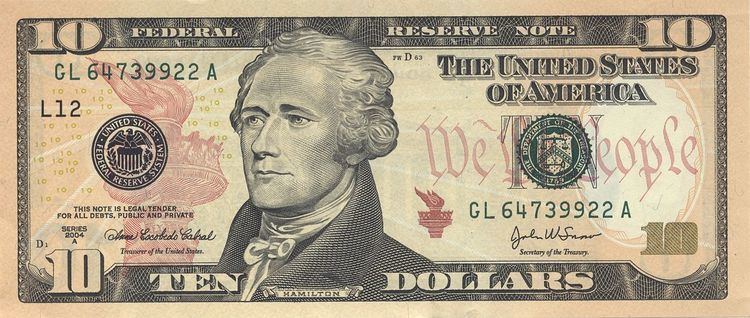 | ||
The Hamiltonian Economic Program was the set of measures that were proposed by American Founding Father and 1st Secretary of the Treasury Alexander Hamilton in three notable reports and implemented by Congress during George Washington's first administration. These reports outlined a coherent program of national mercantilism- government-assisted economic development.
Hamilton's goal was to end America's import dependency on European, particularly British goods. His argument was that if America depended upon British manufactured products, then America was not truly free: political independence was predicated upon economic independence. For example, if America imported firearms and gunpowder from Britain, in any future war, Britain would have a key strategic advantage, since America would depend upon imports from other European powers. This threat is the chief reason why Washington's second Act as President was to sign the Tariff Act of 1789.
After the War of 1812, America's relative industrial weakness was highlighted, this motivated Congress to raise tariff rates significantly, leading to increased industrialization, largely concentrated in the northern states. Following Hamilton's general formula, which eventually became known as the American School of economics, America grew into the world's largest economic and industrial power by the 1880s.
